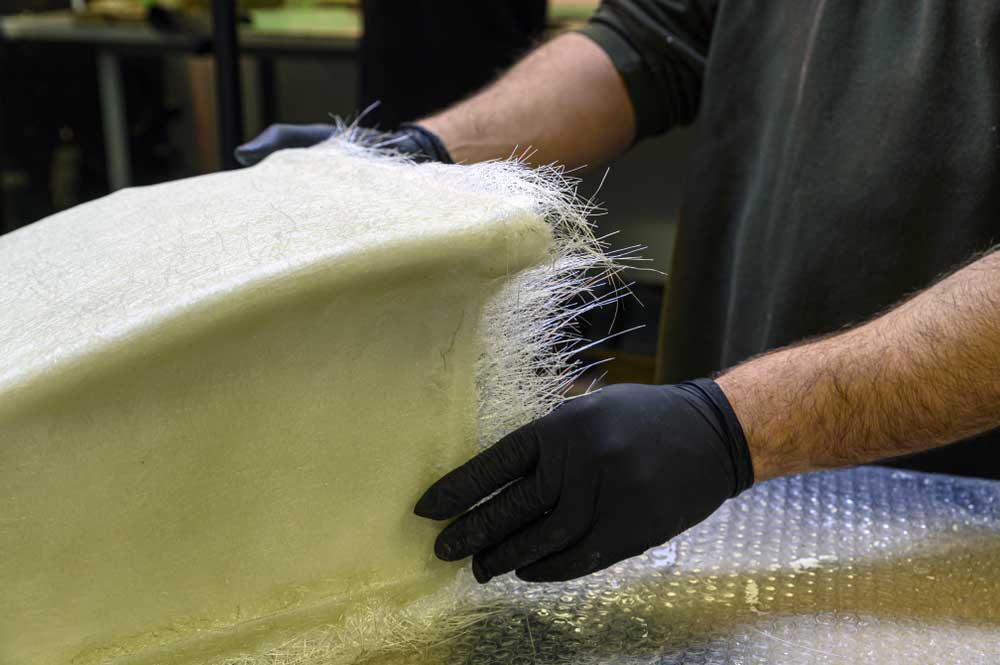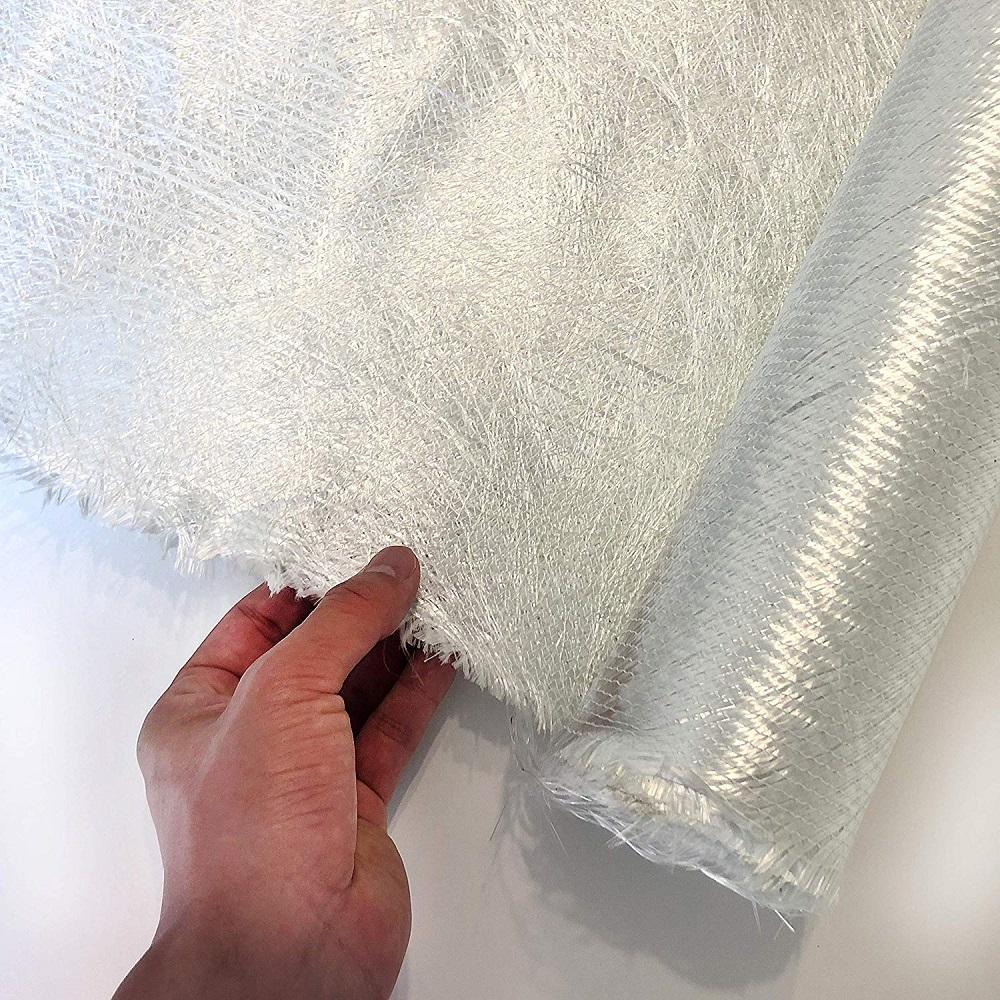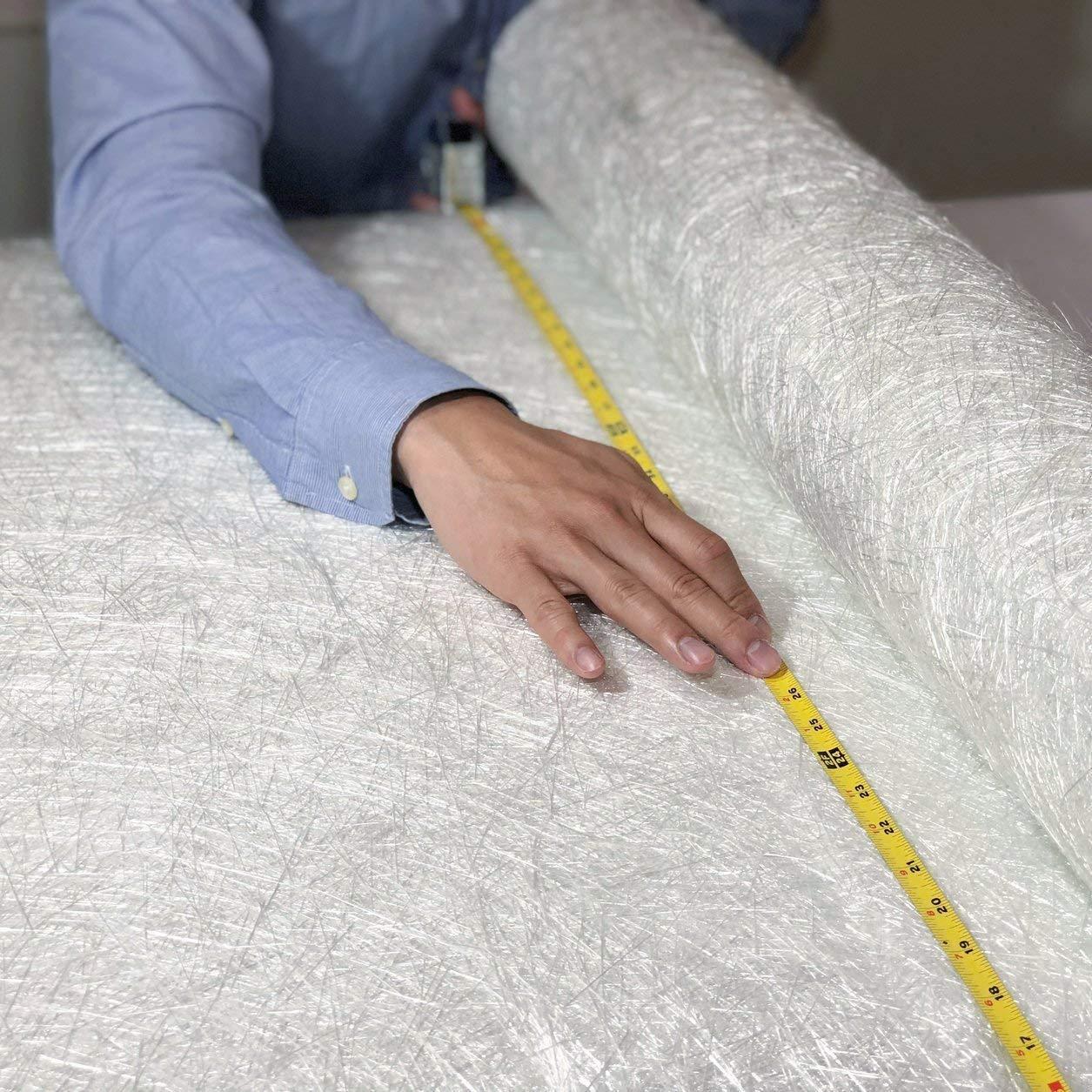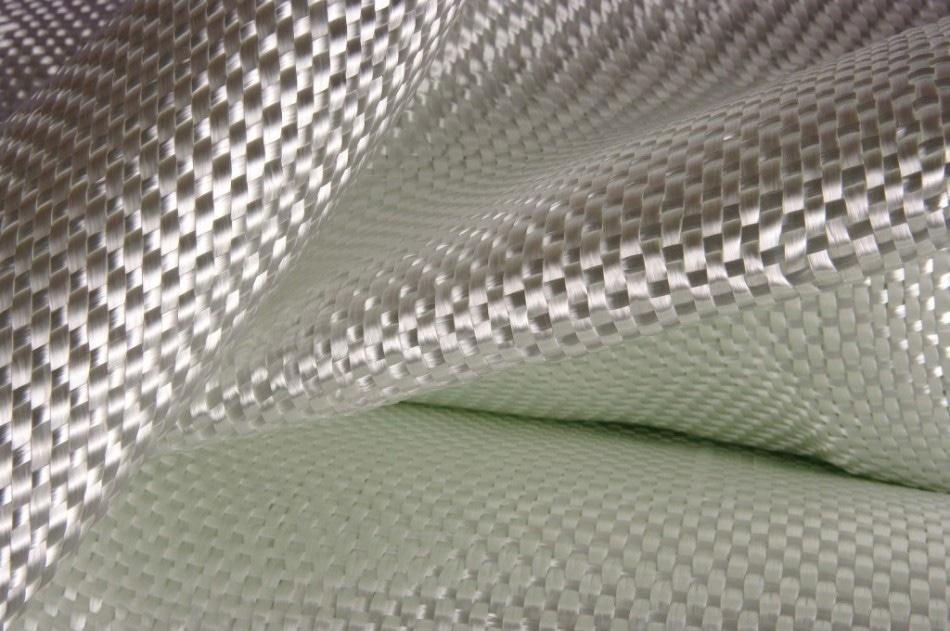Have you recently started working with fiberglass?

Fiberglass is one of the most commonly used materials these days because of its versatility. However, as it often comes in long sheets, you will need to cut or sand it down.
During this process, fiberglass dust is produced, and it's essential to use the right gears to avoid coming in contact with it. As fiberglass is made of fine pieces of glass, exposure to the shards can be pretty painful.
Hence, if you regularly work with the material, it's vital to know about safely removing it from your skin. So, we thought of coming up with this simple guide to help you avoid any serious encounters with fiberglass.
We hope that it will help you out the next time you may accidentally get the shards on your skin. But, to ensure safety, always wear protective gear while working.
Now, without further delay, let's get into it!
How To Remove Fiberglass Safely From Your Skin?

Without wasting any time, let us directly get into the topic. Fiberglass dust is often a pesky problem as it may stick to your clothes from which it might transfer to your skin. But, in most cases, the dust ends up on the skin when protective gear isn't used correctly.
Mostly the fiberglass shards may get to your hands and arms. So, you should always make sure to remove these as soon as possible before the shards come into contact with the face, nose, or eyes.
Let's learn about the right things to do when your skin has been exposed to fiberglass.
What Should You Do To Remove The Fiberglass Dust?
Here are the steps to follow when you have fiberglass on your skin:
Step 1
Immediately leave your work area as soon as you notice the exposure and avoid scratching the place.
Step 2
Use a combination of running water and mild soap to wash the area gently. Also, remember not to scrub it vigorously, as this may irritate your skin. Make sure to remove the dust as soon as possible because prolonged contact can irritate the skin and cause rashes.
Sometimes it’s better to use a washcloth to clean the area to minimize the pressure applied on the skin.
Step 3
If you notice bigger fiberglass shards on your skin, use adhesive tape to remove the pieces until the skin is clear. Additionally, you may dip the body part in a bucket of warm soapy water to loosen the fiberglass shards before cleaning the area with a washcloth.
Some people also suggest applying a gentle hair conditioner on the skin to remove the shards easily.
Step 4
If you suspect that fiberglass dust has entered your eyeballs, flush the eyes with water for 10-15 minutes. Additionally, you may use a cleaning solution meant to remove glass or dust particles from the eyes.
Step 5
As soon as you are finished cleaning, change your clothes. Also, be very careful while doing this to avoid getting any remaining dust onto your body.
Step 6
If irritation or itching persists, seek immediate medical help.

What Should You Avoid Doing While Removing Fiberglass?
As humans, we are prone to making mistakes. So, there are some things that you should never do while removing fiberglass dust from your skin. To start off, it’s quite tempting to rub the exposed area while cleaning the shards. But, this should be avoided as it leads to skin irritation and rashes.
Another thing that you should avoid is scratching your skin when it has been exposed to fiberglass dust, as it might get the shards further lodged into the area. Also, a word of caution, don’t try to use compressed air to remove the dust as it may irritate the skin.
Problems Caused By Exposure To Fiberglass
You may have removed most fiberglass shards from your skin, but some health risks might still arise. Most of these problems are easily solved by a visit to the doctor. However, multiple exposures to the material can turn into serious issues.
Hence, if you face any of these problems, make sure to get immediate help.
-
Contact Dermatitis
This is one of the most common issues seen in people exposed to fiberglass dust. Rashes and persistent itching are the symptoms of this problem. If not treated in time, the exposed area can often form blisters, or even the skin may peel.
-
Respiratory Issues
If you aren't careful about working with fiberglass, the dust may get inside your body. Apart from breathing in the dust, touching your face with a hand that has been exposed to the dust may also cause problems. This may lead to respiratory issues and even stomach aches.
Common symptoms include excessive coughing, sneezing, and asthma-like problems. So, if you suspect such an exposure, make sure to visit a doctor immediately.
Tips To Avoid Exposure With Fiberglass Dust
If you work with fiberglass regularly, there are some suggestions that you can follow. Ensuring these protections are in place will drastically reduce the chance of getting exposed to the sharp material.
Here are some tips to reduce exposure to fiberglass:
-
Dress Up For The Task
Most people get exposed to fiberglass dust as they aren’t appropriately dressed for the job. As sanding or cutting fiberglass releases a lot of dust, you have to make sure to wear the right gear.
Moreover, you should cover your whole body with loose-fitting clothes. Your arms and legs shouldn't be bare. Also, stay away from wearing sandals while working with fiberglass, as if you get it on your feet, it will hurt a lot.
You should also wear a face cover, such as protective goggles and a mask to avoid getting the dust inside your body. In this respect, particulate respirator works well while working with materials like fiberglass. Also, make sure to wear leather gloves to protect your hands.
-
Prepare For Better Airflow
You must have heard a million times that ventilation is key when it comes to working with certain materials. And, it's quite true for working with fiberglass. Just cracking a window open wouldn't do anything. You should work in a space that has proper airflow.
When you keep the doors and windows open, the dust can travel away rather than sticking to your body or skin. Hence, you should make sure to make the place as airy as possible. Moreover, this would ensure that you are able to breathe better when you are wearing a mask.

-
Vacuum Carefully
Once you are done working, it's time to clean up all the mess. Using a vacuum is the best idea as it sucks in the dust entirely and makes disposal easy.
A handy trick used by many is to wet the surface before running the vacuum. This is a much better way than sweeping a dry surface that has fiberglass dust. Use a vacuum with a HEPA filter if that's available to you.
However, if a vacuum isn't available, the next best option is a wet mop. Also, it's better to clean up the space before you take off all the protective gear.
-
Keep Edibles Away
We know that working with fiberglass takes time, and it can be tempting to have your lunch at the workshop. But, you shouldn't make this mistake, as ingesting fiberglass is the last thing you would want to experience. Hence, make sure to keep edibles out of the area while working with this material.
Similarly, smoking should also be avoided while working with fiberglass. The dust may accidentally transfer into your body through the cigarette butt or your fingers, leading to health issues. So, it's best to finish your work, clean up, and then enjoy your food and drinks.
-
Clean Up Properly
After you have finished working and cleaning up the space, it's time to get yourself tidy. Start by removing your work clothes and protective gear. We suggest you place a towel or a sheet and then put the used clothes on it.
Now, get into the shower and clean your body with a mild soap. Make sure to be gentle on your skin as some fiberglass dust might still be present on it. Also, spend some time flushing your eyes to ensure that they’re absolutely clean.
When it comes to cleaning your work-clothes, it's always better to use a different washing machine than the one used for your other clothes. However, as this isn't always viable, the next best option is to thoroughly clean your washing machine after each time you use it to clean work-clothes.
Removing Fiberglass FAQ
We found some essential questions about removing fiberglass, so here are the answers to those queries.
1. Does Vinegar Remove Fiberglass From Skin?
Yes, vinegar does help in removing fiberglass from your skin. However, we would still recommend you to wash your skin with water before following it up with vinegar. So, start by taking a warm shower or gently rinsing the area exposed to fiberglass.
When you feel that almost all the dust is gone, use the vinegar to re-rinse the area. It's best to use natural vinegar like apple cider vinegar to do this job.
2. Can Exposure To Fiberglass Cause Cancer?
No, there's no evidence that exposure to fiberglass dust will give you cancer. You may get health problems like contact dermatitis or a rash flare, but these problems are easily curable. However, we are yet to know about the consequences of prolonged exposure to fiberglass, so it's always better to have proper protection while working with the material.
Final Words
With that, we have come to the end of this brief guide about correctly removing fiberglass out of your skin. Always make sure to remain calm while doing the job as it helps to avoid irritating the skin. Also, if you are removing fiberglass from someone else's skin, try to be as gentle as possible.
Moreover, if there's a situation where you or someone else have breathed or ingested the material, visit the emergency room without any delay. Just remember that fiberglass isn't life-threatening; with proper care, you should be okay in no time. And do let us know if you have any further concerns regarding removing fiberglass from the skin.
Till then, stay healthy!
